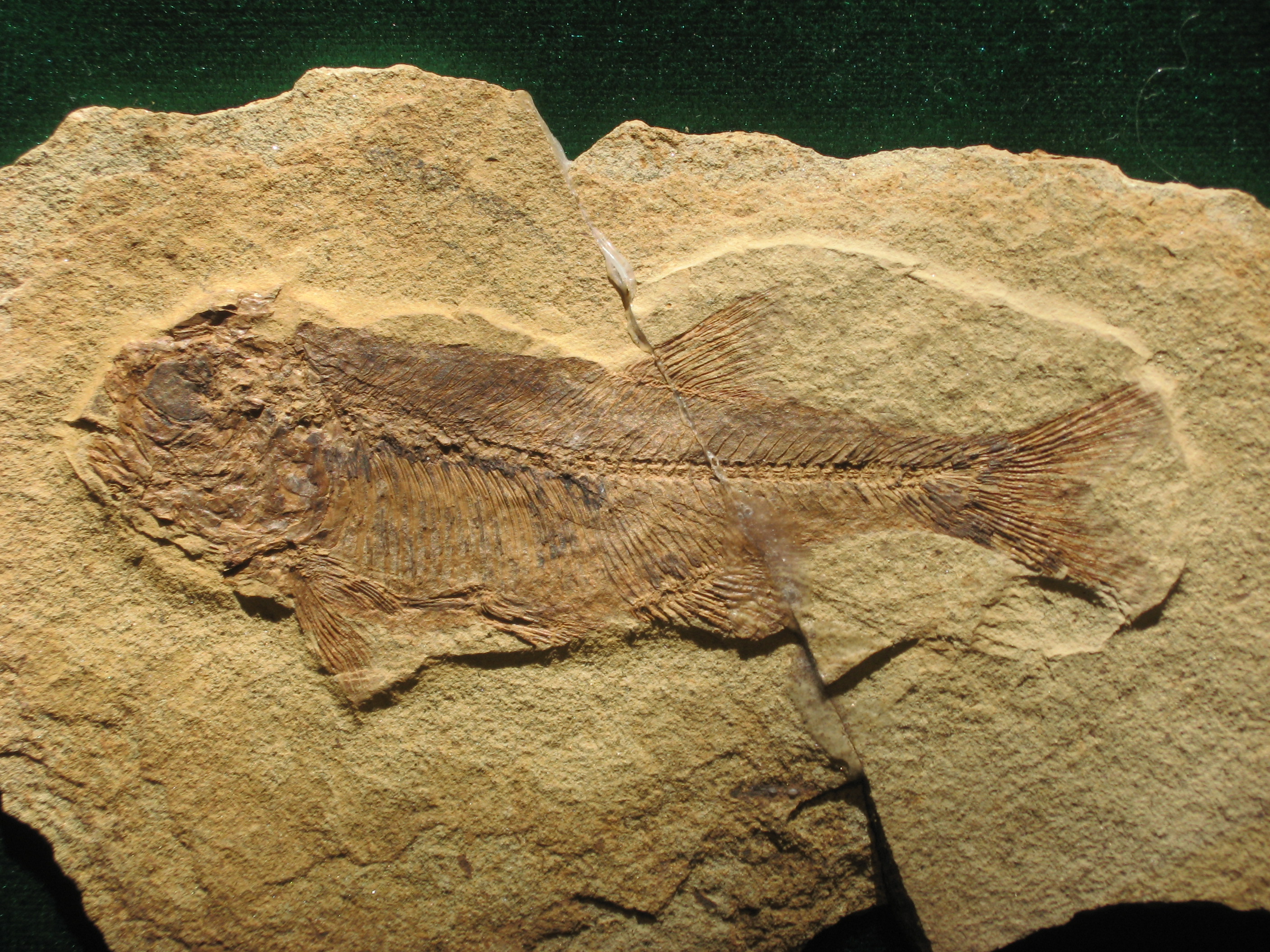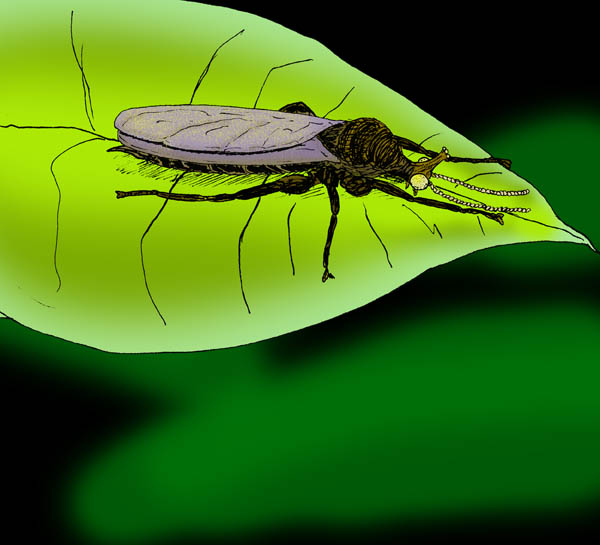|
Phymolepis
''Phymolepis'' is an extinct genus of yunnanolepidid placoderm from the Early Devonian of China. The type species, ''P. cuifengshanensis'', was named by Zhang Goroui in 1978Chang, K-J. (1978). Symposium on the Devonian System of South China: Early devonian antiarchs from Cuifengshan, Yunnan. ''Institute of Geology and Mineral Resources of the Chinese Academy of Geological Sciences'', ed. Geological Press; Beijing: 1978; pp. 292–297.Zhang, G. (1978). The antiarchs from the Early Devonian of Yunnan. ''Vertebrata PalAsiatica''. 1978;16:147–186. and was re-evaluated in 2018, while a second species, ''P. guoruii'', was named and described in 1996. The holotype of ''P. cuifengshanensis'' is IVPP V4225.3, a nearly complete trunk shield, and it was found in the Xitun Formation, near Cuifengshan. The paratype is IVPP V4425.6, a posterior median dorsal plate, and several other specimens of varying completeness have also been referred to ''Phymolepis'', with some specimens also bein ... [...More Info...] [...Related Items...] OR: [Wikipedia] [Google] [Baidu] |
2018 In Paleoichthyology
This list of fossil fish described in 2018 is a list of new taxa of jawless vertebrates, placoderms, acanthodians, fossil cartilaginous fish, bony fish, and other fish of every kind that are scheduled to be described during the year 2018, as well as other significant discoveries and events related to paleontology of fish that are scheduled to occur in 2018. Research * A study on the fossil fish occurrences and habitat during the middle Paleozoic (480 million to 360 million years ago) is published by Sallan ''et al.'' (2018), who interpret their findings as indicating that early jawed and jawless fish originated in restricted, shallow intertidal-subtidal environments. * A survey of Devonian fish fauna from Michigan is published by Stack & Sallan (2018). * A study on the ecological diversification of thelodonts is published by Ferrón ''et al.'' (2018). * The first occurrence of pelvic girdles and intromittent organs in '' Euphanerops longaevus'', associated with a morphologic ... [...More Info...] [...Related Items...] OR: [Wikipedia] [Google] [Baidu] |
Xitun Formation
The Xitun Formation is a paleontology, palaeontological formation which is named after Xitun village in Qujing, a location in Northern and southern China, South China. This formation includes many remains of fossilized fish and plants of the Early Devonian Geologic period, period (Late Lochkovian). It was originally referred to as the Xitun Member of the Cuifengshan Formation (now the Cuifengshan Group). Fossil content Vertebrates Acanthodians Actinopterygians Chondrichthyes Jawless fish Placoderms Sarcopterygians Plants See also * List of fossil sites— ''(with link directory)'' References Geologic formations of China Devonian System of Asia Devonian China Devonian northern paleotropical deposits Paleontology in China {{China-geologic-formation-stub ... [...More Info...] [...Related Items...] OR: [Wikipedia] [Google] [Baidu] |
Yunnanolepididae
Yunnanolepididae is an extinct family of primitive Antiarch placoderms characterized by having short, broad skull roofs, and by having a feature on the visceral side of the posterior medial dorsal plate, the ''crista transversalis interna posterior'', which is diagnostic of antiarchs, turning forward, and lying in front of the posterior ventral process and pit (with this position being diagnostic of yunnanolepids in particular). At least three genera, ''Yunnanolepis'', ''Phymolepis'', and ''Vukhuclepis'' are confirmed to have a unique organ called the "Chang's Apparatus," named in honor of Professor Meemann Chang, which is an internal cavity with an external opening within the suture of the anterior dorsal lateral plate and the anterior ventral lateral plate. The other genera in Yunnanolepidae that are not confirmed to have the Chang's Apparatus are included in the family because of anatomical similarities to ''Yunnanolepis''. The fossils of the various genera are found in Early ... [...More Info...] [...Related Items...] OR: [Wikipedia] [Google] [Baidu] |
Devonian
The Devonian ( ) is a geologic period and system of the Paleozoic era, spanning 60.3 million years from the end of the Silurian, million years ago (Mya), to the beginning of the Carboniferous, Mya. It is named after Devon, England, where rocks from this period were first studied. The first significant adaptive radiation of life on dry land occurred during the Devonian. Free-sporing vascular plants began to spread across dry land, forming extensive forests which covered the continents. By the middle of the Devonian, several groups of plants had evolved leaves and true roots, and by the end of the period the first seed-bearing plants appeared. The arthropod groups of myriapods, arachnids and hexapods also became well-established early in this period, after starting their expansion to land at least from the Ordovician period. Fish reached substantial diversity during this time, leading the Devonian to often be dubbed the Age of Fishes. The placoderms began dominating ... [...More Info...] [...Related Items...] OR: [Wikipedia] [Google] [Baidu] |
Zhang Goroui
{{disambiguation, geo ...
Zhang may refer to: Chinese culture, etc. * Zhang (surname) (張/张), common Chinese surname ** Zhang (surname 章), a rarer Chinese surname * Zhang County (漳县), of Dingxi, Gansu * Zhang River (漳河), a river flowing mainly in Henan * ''Zhang'' (unit) (丈), a traditional Chinese unit of length equal to 10 ''chi'' (3–3.7 m) * Zhang Zetian, Chinese billionaire * 璋, a type of shaped stone or jade object in ancient Chinese culture thought to hold great value and protective properties; see also Bi (jade) and Cong (jade) Other * Zhang, the proper name of the star Upsilon¹ Hydrae See also * Zang (other) Zang may refer to: * Official abbreviation for Tibet Autonomous Region (藏) * Tibetan people * Zang (bell) Perisan musical instrument * Zang (surname) (臧), a Chinese surname * Zang, Iran, a village in Kerman Province, Iran * Persian form of Zanj ... [...More Info...] [...Related Items...] OR: [Wikipedia] [Google] [Baidu] |
1978 In Paleontology
Paleontology, palaeontology or palæontology (from Greek: ''paleo'', "ancient"; ''ontos'', "being"; and ''logos'', "knowledge") is the study of prehistoric life forms on Earth through the examination of plant and animal fossils. This includes the study of body fossils, tracks (ichnites), burrows, cast-off parts, fossilised faeces (coprolites), palynomorphs and chemical residues. Because mankind has encountered fossils for millennia, paleontology has a long history both before and after becoming formalized as a science. This article records significant discoveries and events related to paleontology that occurred in the year 1978. Expeditions, field work, and fossil discoveries * A paleoanthropological team led by Mary Leakey found 3.5 million year old human footprints. * Baby hadrosaurs were discovered in the Two Medicine Formation. Invertebrates Maurits Lindström, described the earliest known octocoral in Sweden shifting the first known appearance from the Cretaceous to the Or ... [...More Info...] [...Related Items...] OR: [Wikipedia] [Google] [Baidu] |
1996 In Paleontology ...
References * Pasch, A. D., K. C. May. 2001. Taphonomy and paleoenvironment of hadrosaur (Dinosauria) from the Matanuska Formation (Turonian) in South-Central Alaska. In: ''Mesozoic Vertebrate Life''. Ed.s Tanke, D. H., Carpenter, K., Skrepnick, M. W. Indiana University Press. Pages 219–236. 1990s in paleontology Paleontology Paleontology (), also spelled palaeontology or palæontology, is the scientific study of life that existed prior to, and sometimes including, the start of the Holocene epoch (roughly 11,700 years before present). It includes the study of fossi ... [...More Info...] [...Related Items...] OR: [Wikipedia] [Google] [Baidu] |
Genus
Genus ( plural genera ) is a taxonomic rank used in the biological classification of extant taxon, living and fossil organisms as well as Virus classification#ICTV classification, viruses. In the hierarchy of biological classification, genus comes above species and below family (taxonomy), family. In binomial nomenclature, the genus name forms the first part of the binomial species name for each species within the genus. :E.g. ''Panthera leo'' (lion) and ''Panthera onca'' (jaguar) are two species within the genus ''Panthera''. ''Panthera'' is a genus within the family Felidae. The composition of a genus is determined by taxonomy (biology), taxonomists. The standards for genus classification are not strictly codified, so different authorities often produce different classifications for genera. There are some general practices used, however, including the idea that a newly defined genus should fulfill these three criteria to be descriptively useful: # monophyly – all descendants ... [...More Info...] [...Related Items...] OR: [Wikipedia] [Google] [Baidu] |
Early Devonian
The Early Devonian is the first of three Epoch (geology), epochs comprising the Devonian period, corresponding to the Lower Devonian Series (stratigraphy), series. It lasted from and began with the Lochkovian Stage , which was followed by the Pragian from and then by the Emsian, which lasted until the Middle Devonian began, . During this time, the first Ammonoidea, ammonoids appeared, descending from Bactritida, bactritoid Nautiloidea, nautiloids. Ammonoids during this time period were simple and differed little from their nautiloid counterparts. These ammonoids belong to the order Agoniatitida, which in later epochs evolved to new ammonoid orders, for example Goniatite, Goniatitida and Clymeniida. This class of cephalopod molluscs would dominate the marine fauna until the beginning of the Mesozoic Era. References {{Geological history Early Devonian, Geological epochs Devonian geochronology, *01 ... [...More Info...] [...Related Items...] OR: [Wikipedia] [Google] [Baidu] |
China
China, officially the People's Republic of China (PRC), is a country in East Asia. It is the world's most populous country, with a population exceeding 1.4 billion, slightly ahead of India. China spans the equivalent of five time zones and borders fourteen countries by land, the most of any country in the world, tied with Russia. Covering an area of approximately , it is the world's third largest country by total land area. The country consists of 22 provinces, five autonomous regions, four municipalities, and two Special Administrative Regions (Hong Kong and Macau). The national capital is Beijing, and the most populous city and financial center is Shanghai. Modern Chinese trace their origins to a cradle of civilization in the fertile basin of the Yellow River in the North China Plain. The semi-legendary Xia dynasty in the 21st century BCE and the well-attested Shang and Zhou dynasties developed a bureaucratic political system to serve hereditary monarchies, or dyna ... [...More Info...] [...Related Items...] OR: [Wikipedia] [Google] [Baidu] |



